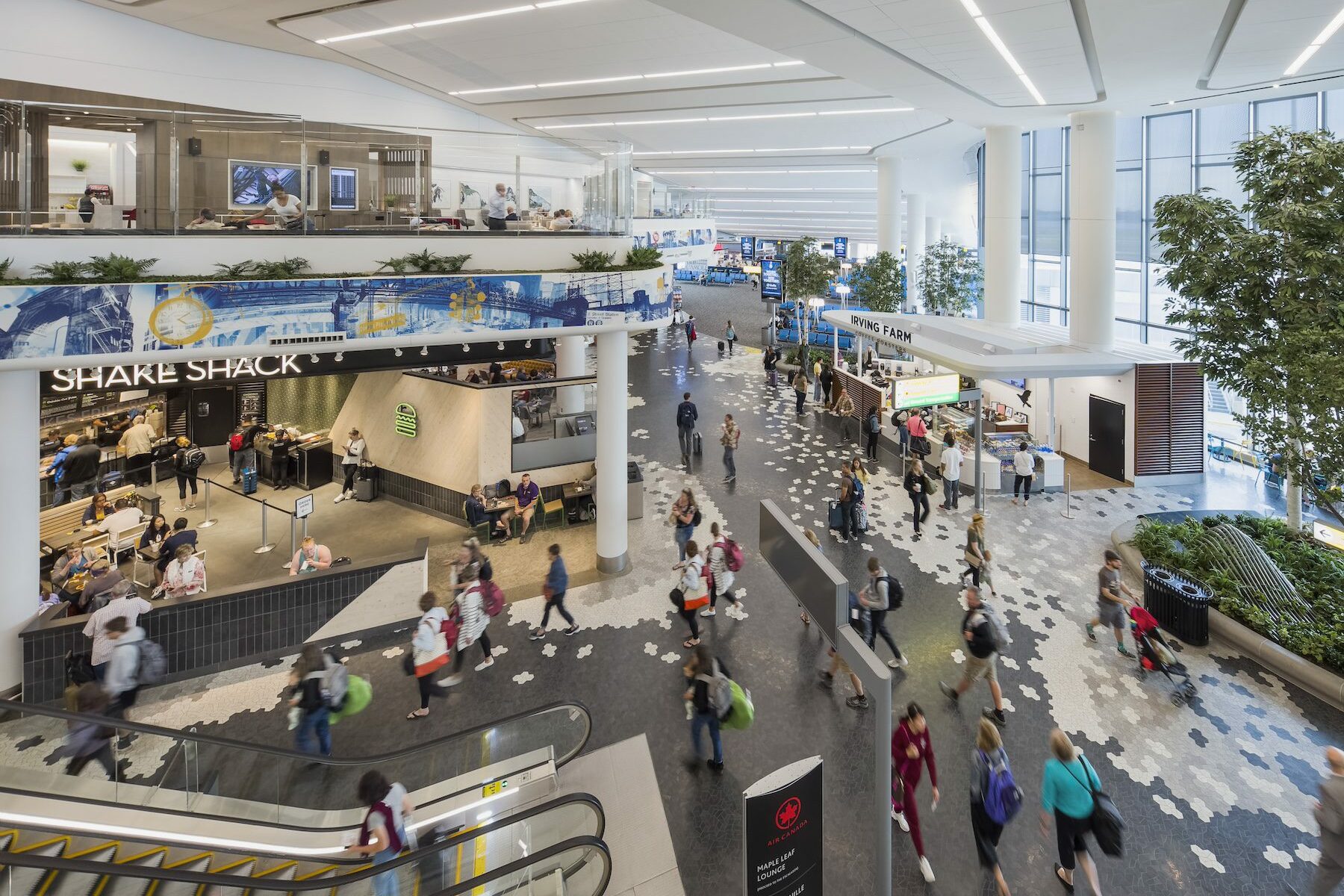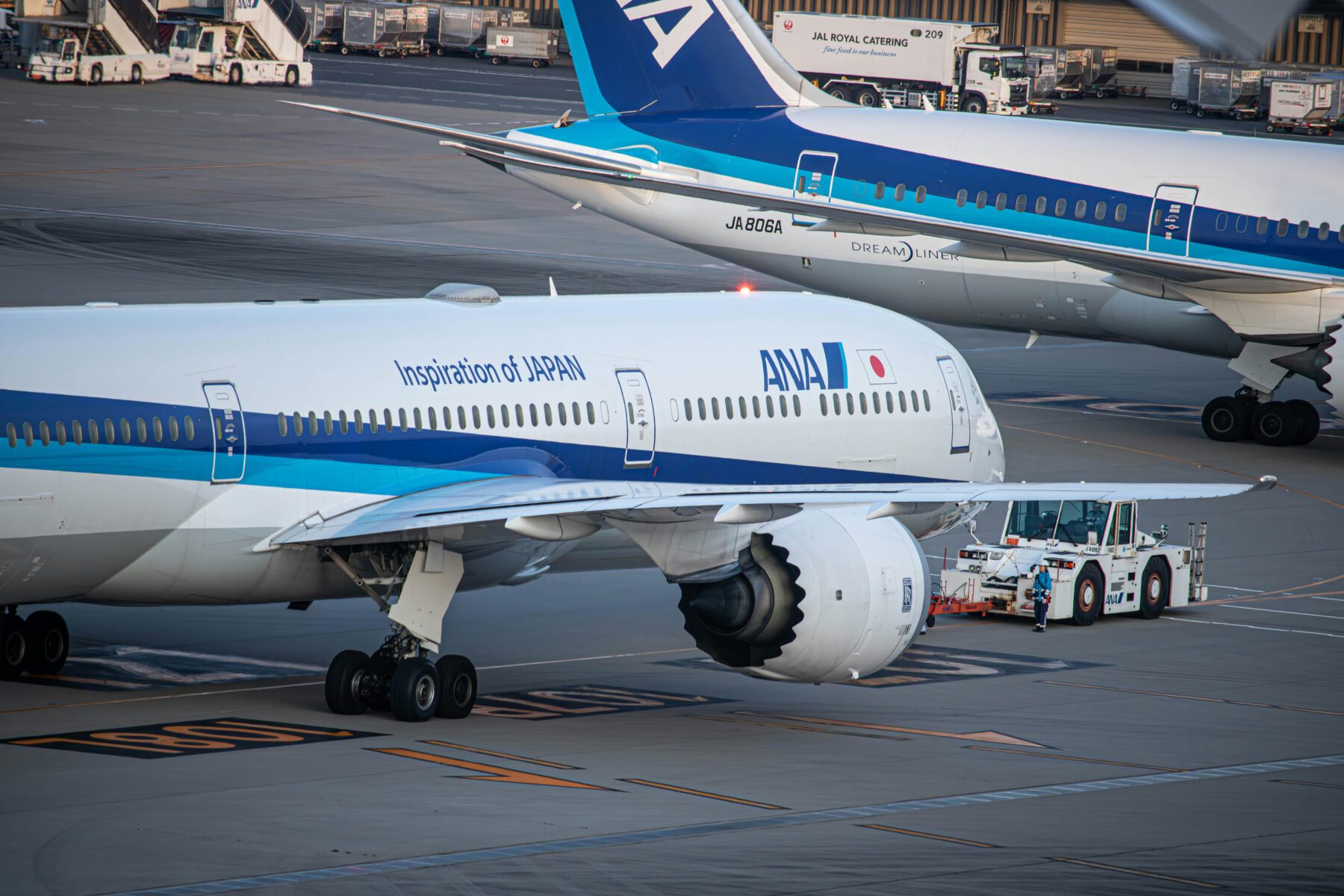Small Airports with a Big Impact

Regional airports are vital for connecting smaller communities to the rest of the world, boosting local economies, and making essential services more accessible in remote areas.
In the U.S. alone, the economic impact of community airports is significant: According to the Regional Airline Association (RAA), air service to 570 regional airports generates $134 billion of economic activity and creates 1 million jobs.
With their own set of distinct needs — and often operating with fewer resources than major hubs — regional airports depend on a creative, agile team to drive their success. Vantage Group’s advisory services team plays a key role, collaborating closely with regional airports to help them navigate the complexities of transportation operations projects in their unique environments.
We are true collaborators,” said Nyika Allen, Senior Director of Global Operational Excellence at Vantage Group. “We get to be part of projects that go beyond the airport to benefit the local community and the broader region, which makes this work incredibly rewarding. These are the kinds of transformations that can shape a region for years to come — and I’m grateful to be part of creating positive, lasting change for the people that call these communities home.
Helping Local Communities Thrive
Beyond providing a connection to other regions, regional airports are economic engines for their local communities. They are responsible for creating a wide array of job opportunities, from hourly employment up to the executive level, while enlisting a variety of local businesses to collaborate with — from local pilots or training schools, to mechanics, engineers, architects and more.
In the Bahamas, Lynden Pindling International Airport (LPIA) serves as the main international gateway to the country — a significant role in an economy that relies heavily on tourism. While it’s an international airport, it is embedded closely with its local community. And the economic benefits the airport has generated have been staggering: The economic impact is nearly $4 billion, and the airport has directly and indirectly created more than 77,000 jobs. Together, these numbers represent a total of 128% of the national GDP, underscoring just how critical this infrastructure is to the economy and its broader region.
Small Airports with a Big Impact
Not only are regional airports centers for economic development, but they also drive meaningful impact in other ways for the tight-knit communities they serve.
In Fort St. John – a northern, remote city located in British Columbia – North Peace Regional Airport (YXJ) has become a lifesaving resource, connecting its community to medical services. With the nearest hospital located a six-hour drive away, having reliable access to air service is crucial to residents in need of medical care. The airport is also home to a pair of Aircraft Rescue and Fire Fighting (ARFF) vehicles and a team of professionals trained in on-site emergency response, offering essential services to the community, especially when battling increasingly extreme wildfire seasons.
YXJ is fully embedded in its community, offering annual scholarships to local high school students, encouraging the pursuit of aviation, airport management, and tourism education through Northern Lights College. The airport has programs with local groups, including the Fort St. John Museum, School District 60, Fort St. John Hospital Foundation, and the Women’s Resource Centre, which receives donations of clothing from the airport’s lost and found.
Enhancing the Guest Experience through a Sense of Place
Airports represent the communities they’re in — offering passengers warm welcomes and fond farewells. While regional airports don’t have the same volume of traffic as major hubs, they still offer important first and last impressions. Therefore, they should celebrate the community – from the art and architecture, to the guest service ambassadors, there’s a wide variety of ways to instill a sense of place and enhance the overall guest experience. This is especially true in tourist markets, where the airport is the first impression of the destinationfor many travelers.
Creating a sense of place unique to the airport’s region is a priority across all Vantage locations. We believe that from the moment passengers step off the plane, they should know where they are. We partner with local vendors and artists to incorporate elements true to those locations, reflecting their culture through decor choices, concessions, and other product offerings. At LPIA in Nassau, the sense of place is immediately apparent. The airport’s architectural design elements, such as its undulating roof line reminiscent of an ocean wave, and the 13 custom artworks by local artists, vividly bring the destination into the airport.
While art and design clearly play a major role in showcasing a destination’s unique flair and culture, retail and food & beverage offerings also contribute significantly. For example, the commercial program at Kansas City International Airport (MCI) does just that, with offerings deeply rooted in the community. Here, you can smell it in the air. MCI is home to the Made for KC BBQ Experience, a restaurant and immersive experience showcasing Kansas City’s world-famous barbecue.
The tantalizing aromas of BBQ emanate from the restaurant’s onsite smoker, where talented barbecue pitmasters serve their signature dishes to visitors, Kansas Citians, and employees.
Awarded the Best Local-Inspired Store in the small/medium airports category at the 2025 Airport Experience Conference, Made in KC, operated by WHSmith North America, has also become a premier destination for local goods and gifts. Starting as a pop-up concept in 2015, Made in KC now features more than 300 artisanal vendors, emphasizing the importance of shopping locally to support the community. The store’s design, inspired by KC’s Country Club Plaza, showcases local craftsmanship with modern, neutral finishes that let the merchandise shine.
Keeping Communities Connected
While larger airport hubs have the resources to hire specialists for each issue, smaller airports need a flexible team that can work across functions. That’s why Vantage Group has a unique value proposition. We use our experience and learnings from projects of all sizes to help us identify areas where we can provide value and support to our airport partners, big or small.
We understand the tremendous value of regional airports as well as the unique environment they operate in, where no two days are the same. Our advisory services team has the expertise and breadth of experience to support small, complex, and large-scale airport environments—whether it’s enhancing the passenger experience, optimizing operational efficiency, boosting safety and compliance, or identifying new revenue-generating opportunities, our team can navigate the complexities of these operations projects.
No challenge is too big or too small for our advisory services team and we look forward to every new opportunity we have to support regional airports and leave a lasting impact on their surrounding communities.
Resource Hub
Discover How Vantage Elevates Transportation Experiences
At Vantage, we’re launching innovative airport redesign projects and reimagining the future of transportation. See More in Our Resource Hub

Transforming Transportation, Together
Let’s partner to bring your ideas to life, building sustainable, connected airports and transportation centers together.



